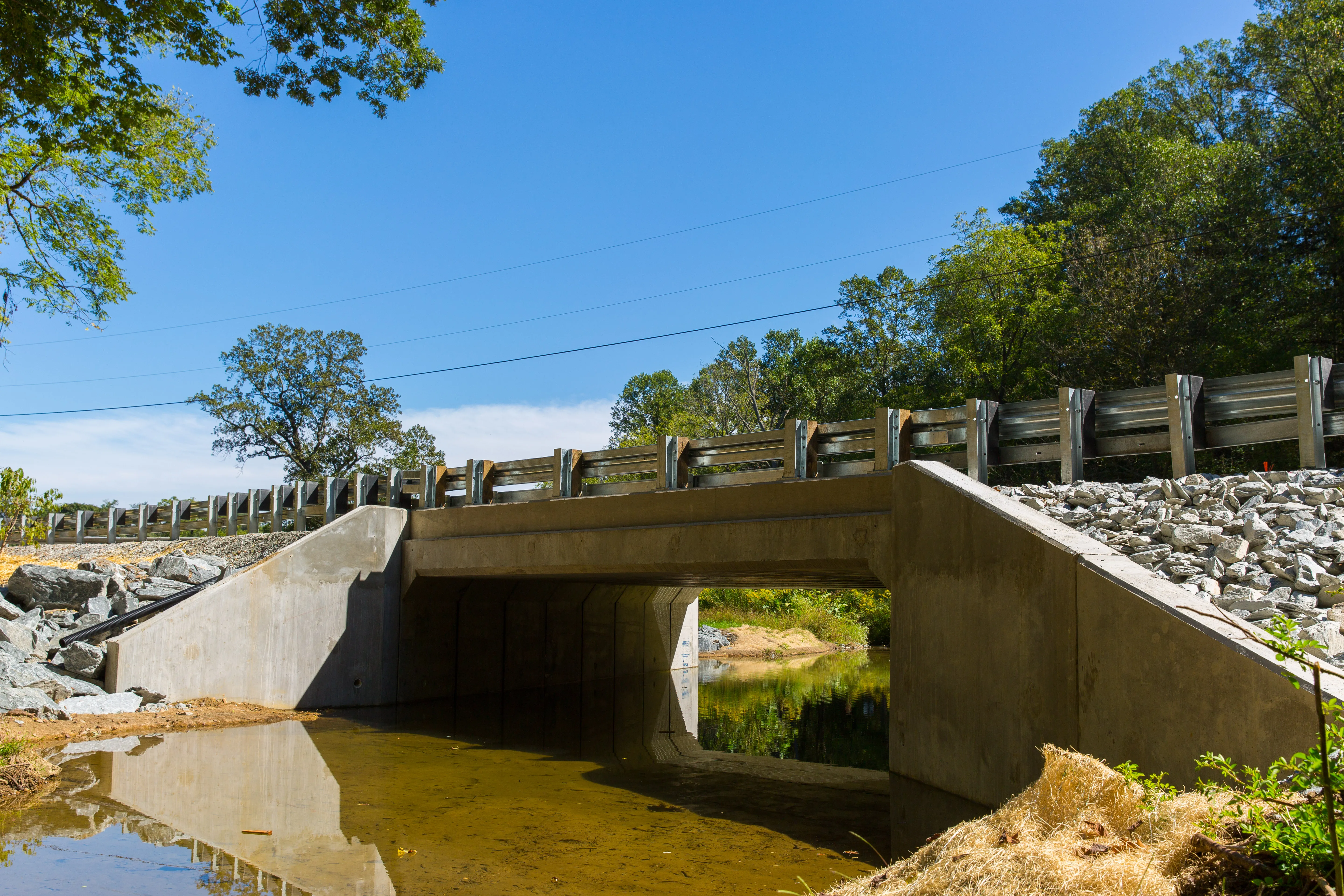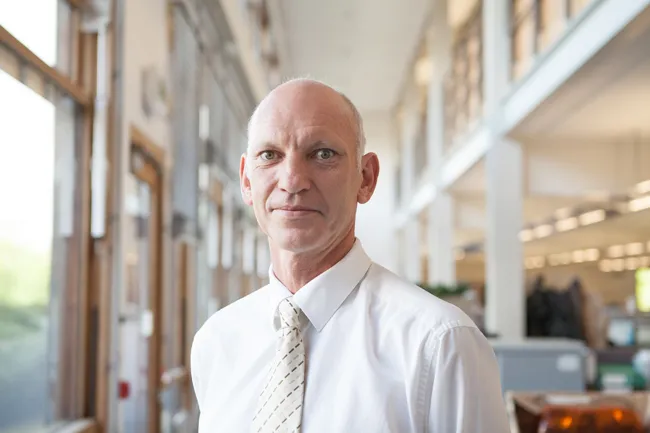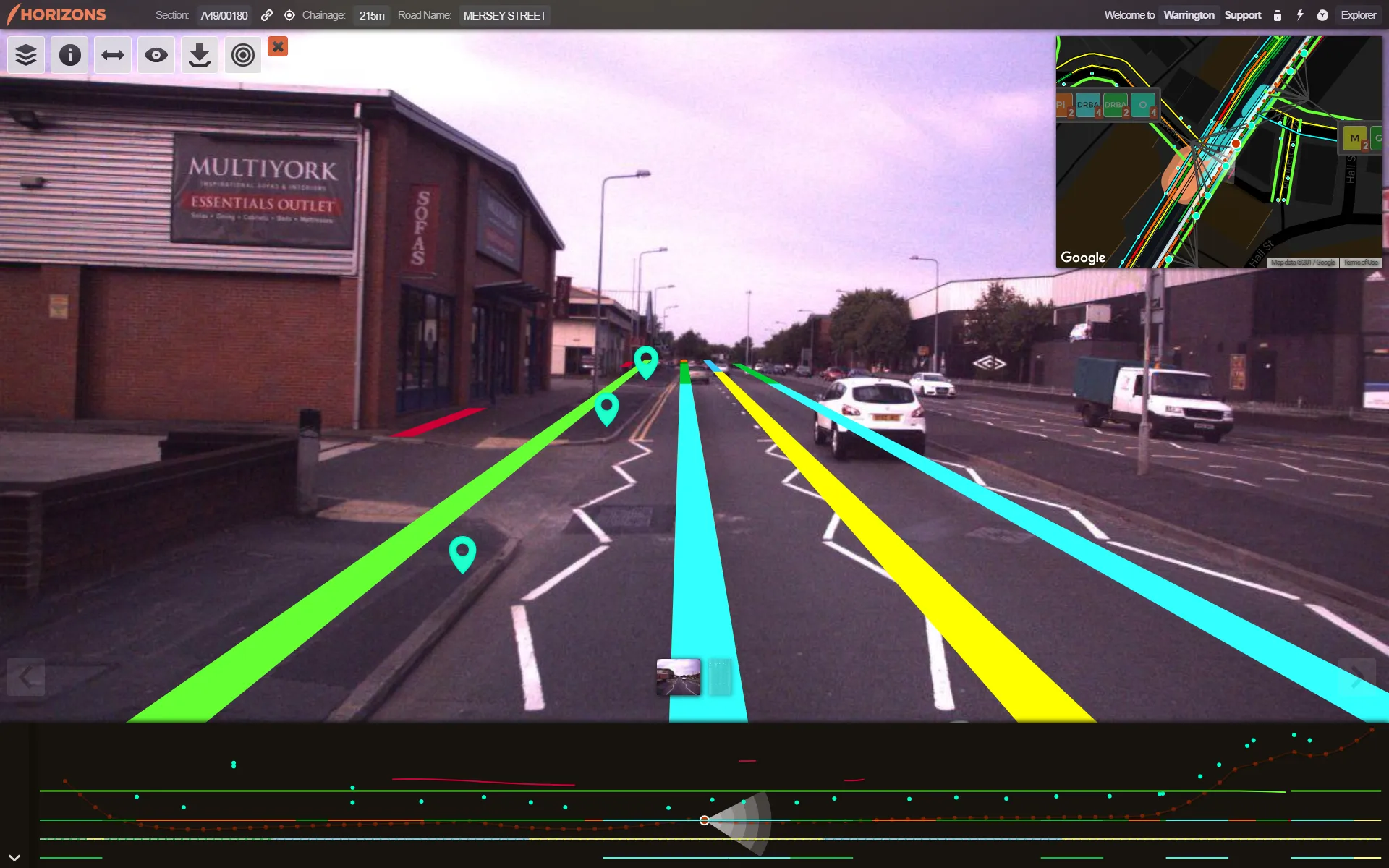
It is called the Rapid Bridge Replacement Programme with good reason. Pennsylvania’s Department of Transport,
Using traditional forms of procurement this programme would be likely to take 10-15 years. PennDOT has speeded the whole process up by bundling all the bridges together and letting them under one US$899 million public private partnership (PPP or 3P) deal. What makes this 3P project unusual is the size of the bridges – they are all small, many of them in rural locations.
The authority calculates that whereas the design, construction and maintenance of the bridges over a 25-year period would normally cost around $2 million/bridge, this route cuts that figure to $1.4 million.
“A lot of that saving comes from the economies of scale that the private sector can bring to a bundled project like this,” according to PennDOT’s 3P director Mike Bonini, “including standardisation, the use of prefabricated elements and being able to mobilise construction units and move them from one bridge to another.”
PennDOT awarded the contract to Plenary Walsh Keystone Partners (PWKP) in 2015, having shortlisted four consortia drawn from bidders who came from around the world. The winning consortium comprises of Plenary Group and
Pennsylvania has the third-largest number of bridges of all the states in the US. Around 4,200 of its 25,000 bridges are structurally deficient. This does not mean that they are unsafe, rather that they need upgrading.
PennDOT’s other bridges are being repaired under more traditional means, said Bonini. “The State still has the traditional highway and bridge delivery programme. We are working with each district office and planning partners to help to continue the number of bridges that have to be replaced every year.”
Once PWKP has replaced each bridge, it must maintain it for 25 years, although certain elements will become the responsibility of PennDOT sooner. The transport authority takes over snow ploughing, line-painting and debris pick-up immediately a structure is substantially complete; vegetation after a year; and the flexible pavement overlay goes back to the state after five years.
Pennsylvania’s P3 law came into play in 2012. The payment terms for the rapid replacement bridge programme involve PennDOT making a one-time mobilisation payment to PWKP at the start of the project, with milestone payments during the design and construction phases. Through the maintenance period, it will make availability payments, tied to certain performance metrics.
Steady progress
To get the ball rolling on the replacement programme, PennDOT selected batches of bridges in two regions for early completion, securing right-of-way and permitting approvals – processes that PWKP is carrying out for the bulk of the 558 bridges. As of mid-September 2017, 285 bridges had been replaced and were open to traffic, 102 were under construction, with a further 25 scheduled for construction before the turn of the year, leaving nearly 150 for next year.
The biggest challenge of the Rapid Bridge Replacement Programme is the organisation, said Bonini. “You could say this is more of a logistics project rather than a bridge-building exercise.”
PWKP is using project management software called e-Builder to help coordinate the design and construction activities. PennDOT has drafted in consultant support to its design team to help carry out the checking and approval activities required for each bridge. There will be around 15,000 submissions related to the design and approval process, and none of the deadlines linked to each submission has been missed, according to Bonini.
The 3P procurement route is allowing some innovative approaches to construction to be employed in Pennsylvania, among them the use of polyester polymer concrete (PCC) for the surfaces of the bridge decks.
“Typically we would not bid a bridge with the need to use polyester polymer concrete because of the cost,” said Bonini. “They have brought this to Pennsylvania and we are anxious to see how it works in the long term. We know the technology has been used in California and elsewhere but our climate is different: we get the benefit of all four seasons here. This gives us the ability to experiment and see if this PPC overlay works for us.”
Contractor Walsh/Granite is employing standardisation and prefabrication to help meet the rapid replacement schedule. Precast concrete elements such as box beams, girders and box culverts account for a large proportion of the bridge structures.
Walsh/Granite is also using new technologies on a limited basis, according to McGlasson. These include folded steel plate girder bridges and ‘bridge in a backpack’. Developed by the
It has not all been plain-sailing to date, said Bonini, with ‘typical construction problems’ along the way. However, PWKP has a good system for sharing problems encountered so that they do not re-occur at other locations, he insists.
Though PennDOT has not employed this type of P3 deal for other packages of bridges, it is employing it on a programme to design and construct 29 compressed natural gas filling stations around the state. Northampton County in the Eastern part of Pennsylvania is also using the same model on a 28-bridge replacement programme for structures owned and maintained at county level.
“The project has received national recognition and other states are looking at the model to determine whether it would be effective for them to use to replace some of their structurally deficient bridges,” said Bonini.









